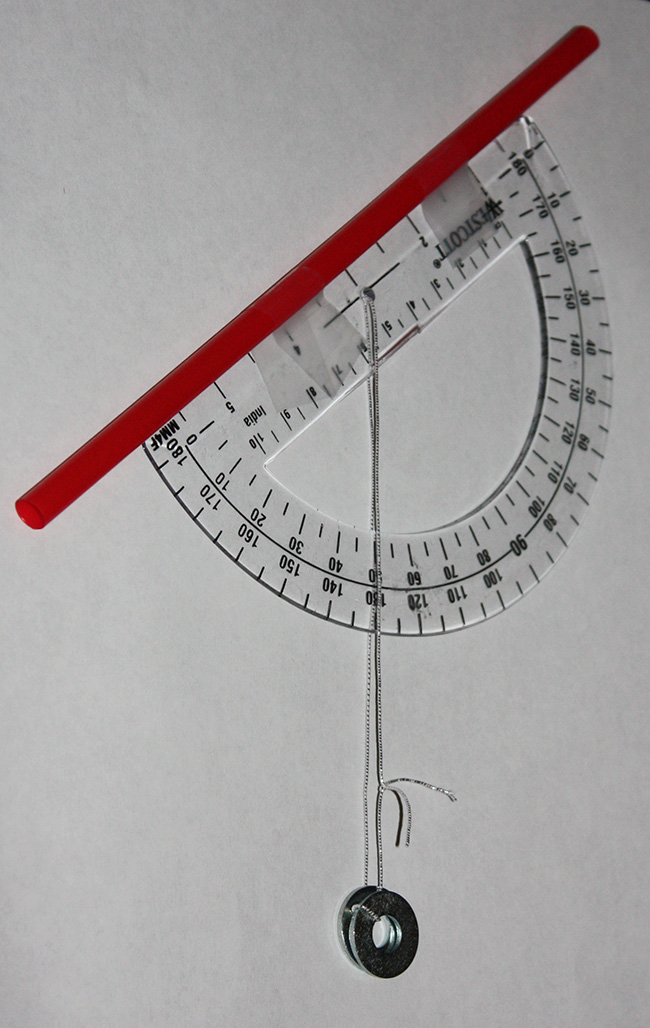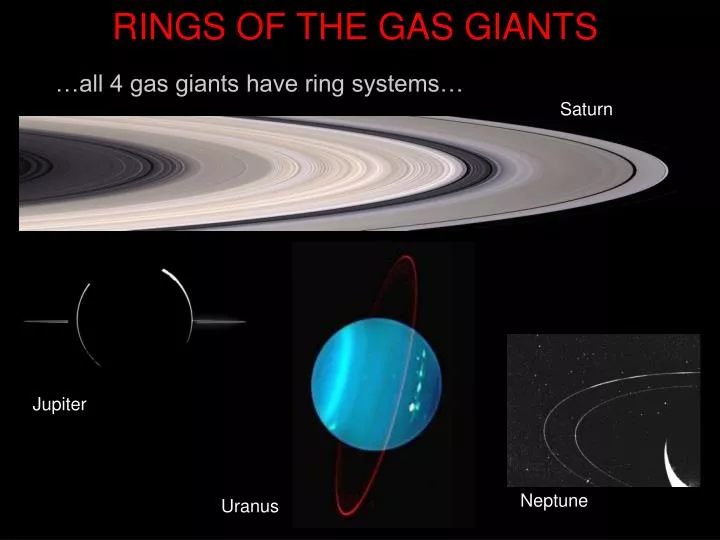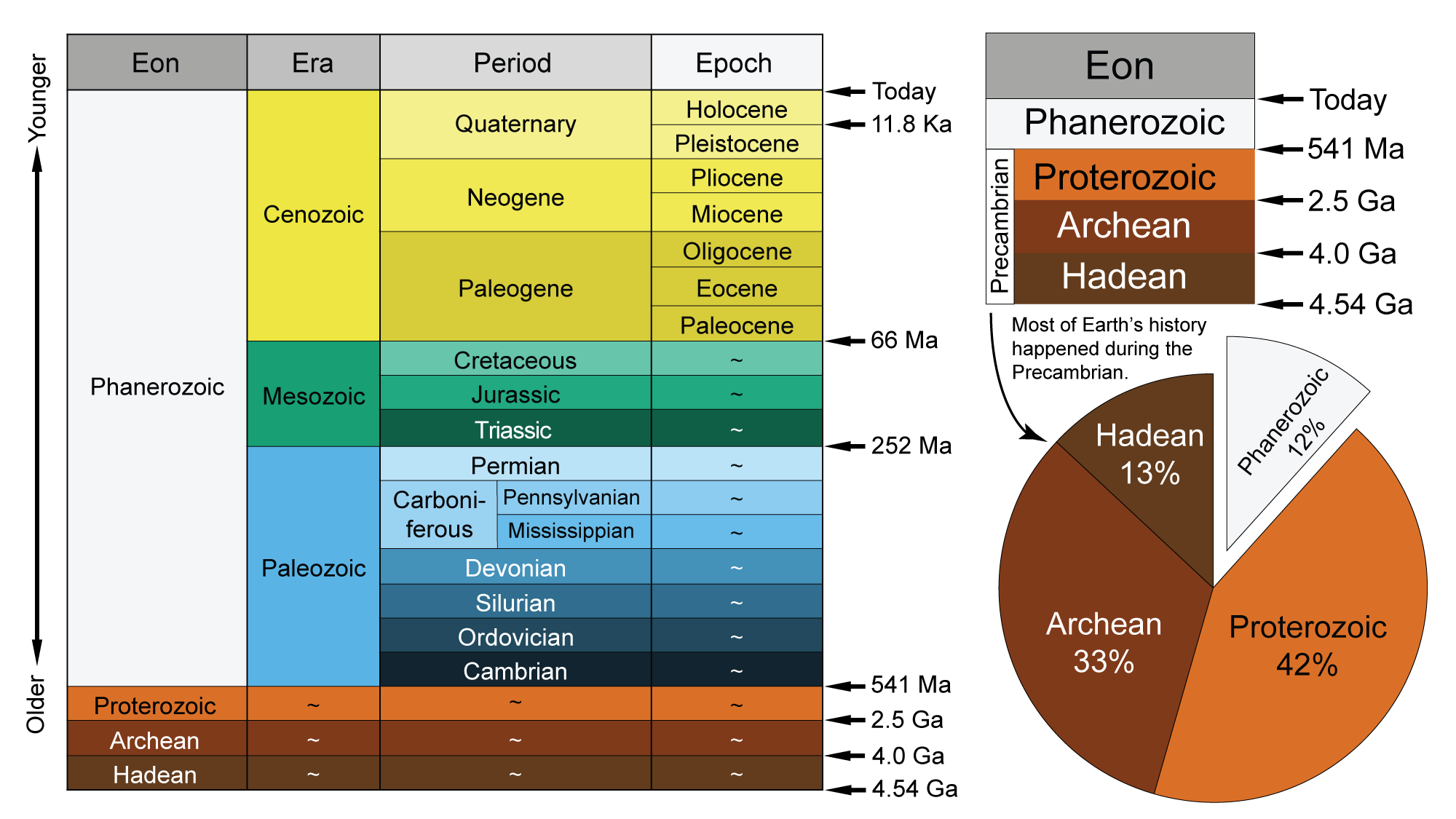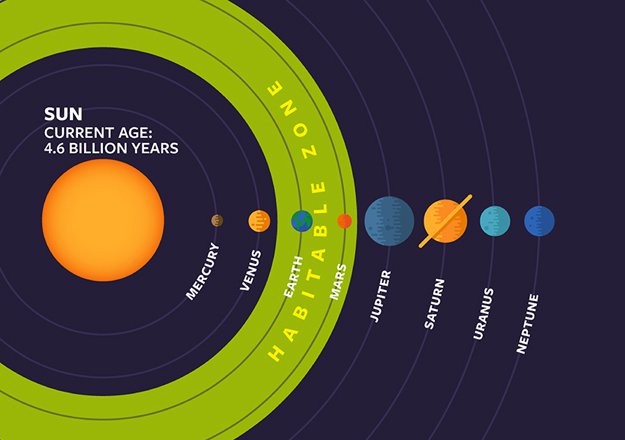A scientist who studies rocks is called a...
Geologist!
BONUS for 2X POINTS:
What is the name of a scientist who studies outer space?
What is a star?
A bright shining ball of hot gas in outer space.
BONUS for 2X POINTS:
What color are the hottest stars?
How many planets are there in the solar system?
Eight!
BONUS for 2X POINTS:
Name all eight planets.
What is the name of the tool we use to measure heat?
Thermometer
What is the name of the company that offers this class? (Hint: it's not the name of your school!)
Quest in Science!
Which is most likely older: a fossil found on top of a cliff or at the bottom of a cliff?
What do we call a natural satellite that orbits a planet?
A moon!
Which is the largest of the eight planets in our solar system?
Jupiter!
BONUS for 2X POINTS:
Which of the eight planets is the smallest?
What is the name of the tool we use to measure, for example, how high in the sky a star is?
It's called an astrolabe!

What is the name of Ms. Spangler's boss? (Hint: you might have had them once before as a teacher for another Quest in Science class...)
Mrs. Walker (or Ms. Rains!)
True or False: Scientists can find the age of rock by looking at what kinds of unstable atoms are in the rock.
True! Unstable atoms, or isotopes, decay in a specific way over time, so we can use them to date rocks.
BONUS for 2X POINTS:
What is this process called?
True or False: Comets, also known as shooting stars, zip quickly across the night sky.
FALSE! Shooting stars are meteors entering Earth's atmosphere. A comet appears slowly and stays in one part of the night sky for weeks to months at a time.
True or False: Saturn is the only planet with rings.
False! All the gas giants have rings! Saturns are just the most visible.

True or False: Like they said in The Crash of the Lunar Challenger III, it is impossible to measure degrees in the sky without a sextant.
FALSE! You can use your hands to measure degrees!
BONUS for 2X POINTS:
Demonstrate how to measure the apparent size of an object in degrees using your hands.
What is the name of Ms. Spangler's cat? (Hint: it's also the name of a white metamorphic rock, or a small solid glass sphere...)
Marble!
Which is younger: fault H or rock layer J? How do you know?

Fault H! H cuts across J, meaning that J had to be there first for H to cut across it.
What is the difference between a meteor, a meteorite, and an asteroid?
An asteroid is a space rock. An asteroid becomes a meteor when it enters a planet's atmosphere. A meteor becomes a meteorite if a piece survives and crashes into the surface of the planet.
Which planet is the best for "birthday-maxing?" (Hint: look for the planet with the shortest orbital period.)
Mercury! Its orbital period (year) is half as long as its rotation period (day), meaning you get to experience your Mercury "birthday" twice every Mercury day.
What does an astrolabe measure?
The number of degrees an object is above or below the horizon.
BONUS for 2X POINTS:
Describe how to use an astrolabe.
What year did Ms. Spangler start teaching? (Hint: it's a multiple of 5...)
2015! Many of you were only 1 year old at the time!
Name the 3 major geologic eras that contain life.
Protozoic, Mesozoic, and Cenozoic.

Ms. Spangler is looking through a telescope at two stars. One star is much brighter than the other. How would you explain this phenomenon?
The brighter star has a different magnitude than the dimmer star. This could be because it is larger, closer, or hotter than the other star.
What is the habitable zone? Which planets are in the habitable zone?
The distance from a star a planet has to be at in order to theoretically support life. Earth and Mars are both in this zone.

MONDAY and WEDNESDAY: What is a sounding line? How do you use it?
TUESDAY: What is a star wheel? How do you use it?
MONDAY and WEDNESDAY: It is a lead weight attached to a rope. You drop it off the side of a ship to measure how deep the water is.
TUESDAY: Find today's date on the outer ring. Then, rotate it to match the current time on the inner ring. Look through the window to see the stars that will be visible to you in the sky.
What does Ms. Spangler hope you will have once you leave this class? (Best answer wins)
Many things, like knowledge, confidence, and a love of science, but most of all, I hope you have a great summer break!
Thank you for being a part of MS Earth Science! Have a great year, and stay awesome!

